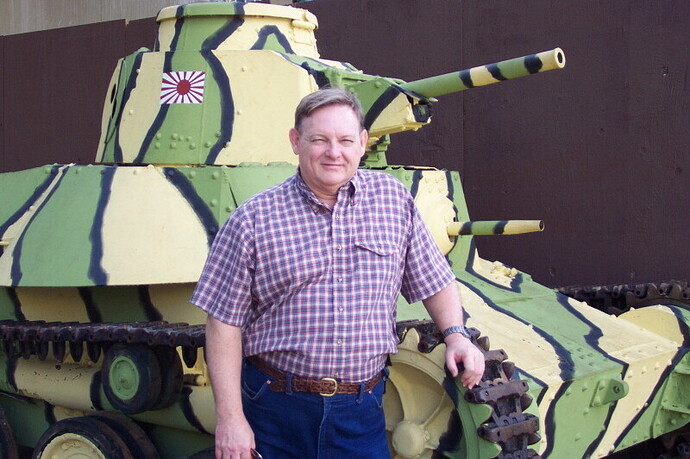I don’t know if this has been discussed before, but nothing is coming up in the early search pages.
It is generally stated that the Battle of Midway was limited to the IJN’s quest for ‘the decisive battle’ to wrest control of the Pacific from America.
However, it has been argued that Midway was part of a larger Japanese plan to capture Hawaii to exclude America from effective action in the western Pacific, in part to force America to come to terms with Japan. A summary of the research and argument is here.
http://www.users.bigpond.com/pacificwar/midway/ScopeofMidwayOp.html
If Japan had captured Hawaii, it would certainly have diminished America’s ability to project its naval power into the western Pacific, with obvious consequences for the thrust across the central Pacific towards Japan.
Hawaii combined with the Aleutians, Truk, and Rabaul would have given Japan a north-south maritime ‘Iron Curtain’ of sorts in the Pacific, which combined with Japan’s advances towards the Solomons etc would have put it in a very good position to deny or at least limit American LOC to Australia to build up a base for the SWPA attack towards Japan.
Occupying Hawaii makes a lot more sense in strategic terms than confiing Japan’s actions to a naval win against the US when American production capacity could easily replace and exceed the naval losses at Midway when Japan clearly had no ability to invade the US mainland.
The argued threat to Hawaii reinforces the inference that the battles which mattered most in turning the tide against Japan’s relentless advance in 1942 were the naval battles in the Coral Sea and at Midway, as they forced dramatic re-evaluations of Japanese strategic intentions and prevented Japan from gaining territory which could have put it in a much better position to negotiate terms with the Allies or, failing that, just hold what it had taken. Or even advance further, notably into Australia which would then have created massive problems for the Allies as America would have to cross the whole Pacific to reach Japan or a thrust would have had to come from India, which was beyond British and even Allied resources given the LOC, fuel and shipping required to get there from America as the main combatant and logistical supplier.




